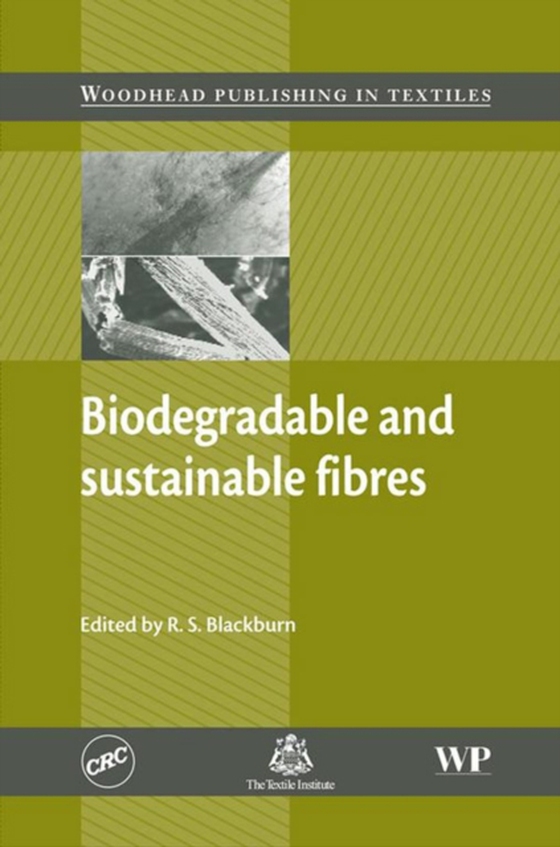
Biodegradable and Sustainable Fibres e-bog
2190,77 DKK
(inkl. moms 2738,46 DKK)
With increasing concerns regarding the effect the textile industry is having on the environment, more and more textile researchers, producers and manufacturers are looking to biodegradable and sustainable fibres as an effective way of reducing the impact textiles have on the environment. The emphasis in Biodegradable and sustainable fibres is on textiles that are beneficial by their biodegradat...
E-bog
2190,77 DKK
Forlag
Woodhead Publishing
Udgivet
30 november 2005
Længde
464 sider
Genrer
TDPF
Sprog
English
Format
epub
Beskyttelse
LCP
ISBN
9781845690991
With increasing concerns regarding the effect the textile industry is having on the environment, more and more textile researchers, producers and manufacturers are looking to biodegradable and sustainable fibres as an effective way of reducing the impact textiles have on the environment. The emphasis in Biodegradable and sustainable fibres is on textiles that are beneficial by their biodegradation and come from sustainable sources.Biodegradable and sustainable fibres opens with a discussion of microbial processes in fibre degradation. It then moves on to discuss the major fibre types, including bast fibres, alginates, cellulose and speciality biodegradable fibres, such as lyocell, poly(lactic acid) and poly(hydroxyalkanoate)s. The development of synthetic silks is covered along with biodegradable natural fibre composites, nonwovens, and geotextiles. The final chapter looks at the history and future of soya bean protein fibres.Biodegradable and sustainable fibres is a comprehensive monograph providing essential reference for anyone interested in the area and environmental issues relating to textiles including fibre and textile scientists and students, textile technologists, manufacturers, and forensic specialists in industry and academia.Indispensable new book on this hot topicDiscusses the major fibre types, inlcuding bast fibresLooks at biodegradable and sustainable fibres as an effective way of reducing the harm disposed textiles have on the environment
 Dansk
Dansk

